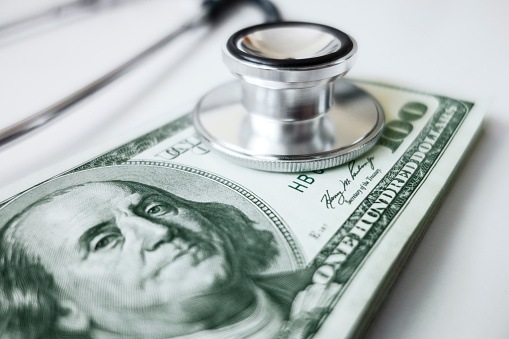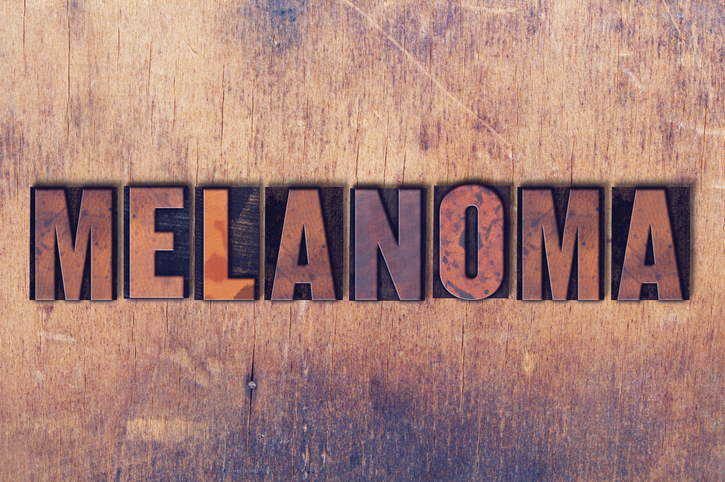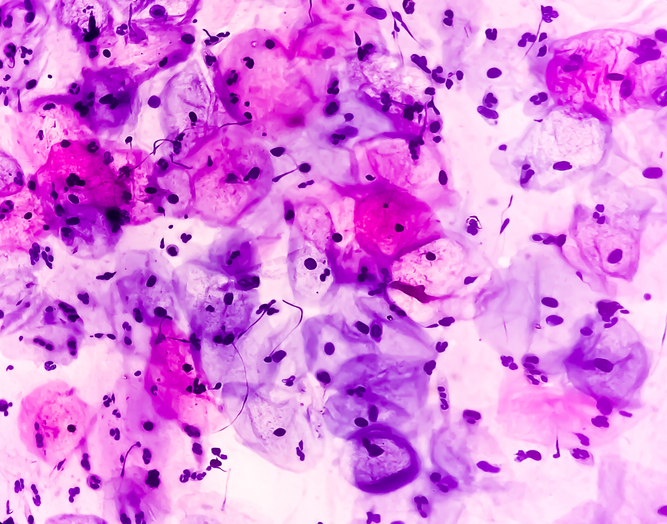
The net prices of biologic agents have decreased following the introduction of biosimilar or other alternatives, according to a study published in JAMA Network Open.
Researchers specifically assessed the originator biologics Neupogen® (filgrastim), Neulasta® (pegfilgrastim), Remicade® (infliximab), and insulin glargine; these were the only biologics that had had competition from biosimilars (filgrastim-sndz, filgrastim-aafi, pegfilgrastim-jmdb, infliximab-dyyb, and infliximab-abda) or other within-molecule substitutes (tbo-filgrastim and insulin glargine) during the study period.
They used pricing data from January 2007 to June 2018 from SSR Health, which provides quarterly estimates of list prices, net prices, Medicaid discounts, and discounts from other payers for branded products with U.S. sales reported by publicly traded companies.
Comparison of list and net prices before and after biosimilar introduction
List and net prices of filgrastim increased in parallel each year by a mean of 5.1% and 6.1%, respectively, until the introduction of a biosimilar in 2015. List prices then stagnated and net prices began to decrease by a mean of −7.7% annually.
List and net prices of pegfilgrastim also increased annually by a mean of 7.5% and 4.9%, respectively, until the introduction of a first biosimilar in 2018, after which list prices stagnated and net prices decreased by −7.4%.
List and net prices of infliximab both increased in parallel by a mean of 6.0% from 2007 to 2013, after which net prices started to decrease by a mean of −1.3% per year. After the introduction of a biosimilar in 2017, net prices decreased further to a mean of −13.6% per year.
From 2007 to 2014, list and net prices of insulin glargine increased annually by a mean of 14.7% and 8.8%, respectively. From 2015 to 2019, list price growth slowed to a mean of 5.8% annually. Net prices began to decline by a mean of −14.4% annually in 2015 and further decreased by −23.5% in 2017 following the entry of a substitute agent.
Overall, Medicaid discounts increased by 20.1 percentage points for filgrastim, 31.2 percentage points for pegfilgrastim, 33.8 percentage points for infliximab, and 35.2 percentage points for insulin glargine. For other payer types (non-Medicaid), discounts increased by 20.3 percentage points for filgrastim, 23.4 percentage points for pegfilgrastim, 50.6 percentage points for infliximab, and 76.1 percentage points for insulin glargine.







 © 2025 Mashup Media, LLC, a Formedics Property. All Rights Reserved.
© 2025 Mashup Media, LLC, a Formedics Property. All Rights Reserved.